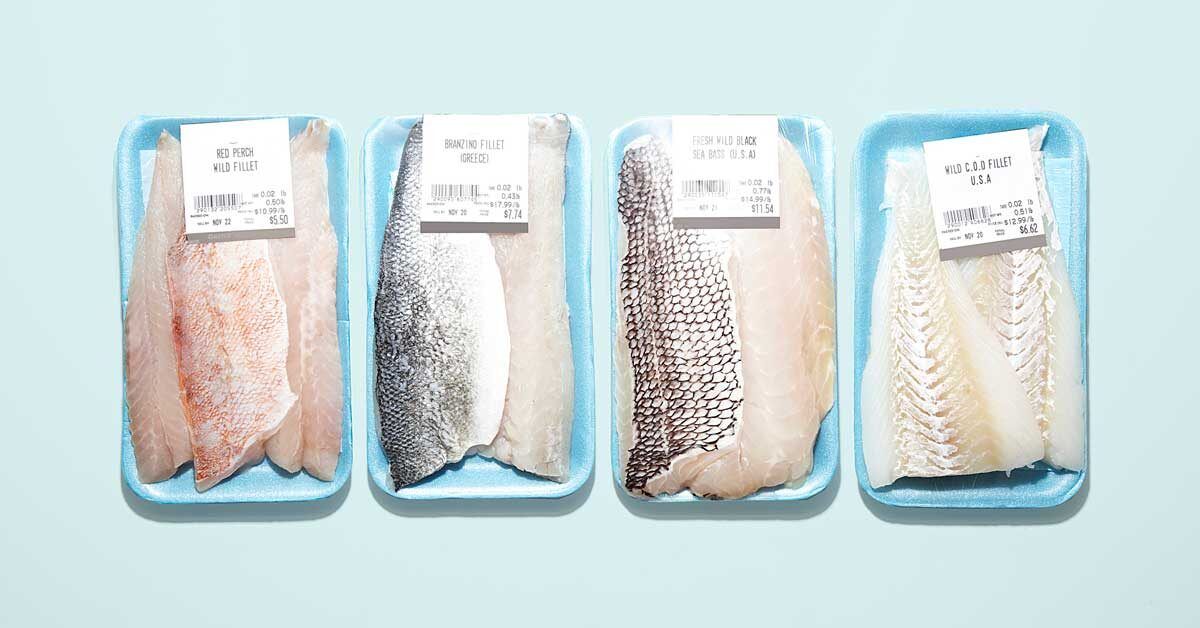If you look at the packaging on foods in the stores, you are probably overwhelmed by the bombardment of promises that the front of the packages makes, possibly without a clear understanding of the big picture. “Low-fat” or “fat-free” sounds great; “Sugar-free” might be appealing to someone trying to manage their blood sugar—but slow down and take a closer look before filling your cart with these items. Let’s look at what some of these terms really mean. The US Food and Drug Administration (FDA) has rules that food companies can use to describe the nutrient density of a product.
The word “free” on a label (fat-free, sugar-free, calorie-free) means there is none of or such a small amount of a nutrient that it is unlikely to make a difference to your body. Calorie-free means less than 5 calories per serving, and sugar-free or fat-free mean less than 0.5 grams per serving. Other words that might be used instead of free are without, no, and in the case of fat-free milk, skim.
The word low is also seen as little, few, low source of, and contains a small amount of. When you see a product labeled as a low source of a nutrient, it means that it can be eaten often, and you still won’t get more than the recommended amount of that nutrient. Specific definitions of low fat include 3 grams of fat or less per serving, 1 gram of saturated fat or less per serving (with no more than 15% of the calories coming from saturated fat), 140 milligrams or less per serving of sodium, 20 milligrams or less per serving of cholesterol, 40 calories or less per serving.
Reduced is a term that is used when a food is altered to take out at least 25% of a certain component, like calories, fat, sugar, or salt. It cannot be used on a product if the original version already meeting the requirement for a “low” claim.
Less or fewer means that a food, altered or not, contains 25% less of a nutrient or calories than another food, whether it is the regular version of that food or something different—like a label might say that their candy has 25% less sugar than chocolate.
Light or lite labels can be a bit confusing, but if less than half the calories in the food are from fat, it can mean than the food has been changed so that it has either one-third fewer calories OR no more than half the fat of the regular version of this food.
It is easy to get swayed by these flashy promises on the front of packages. Studies also show that when people are purchasing these modified products, they tend to eat more of the item because they justify the choice since the product is “healthier,” which isn’t necessarily the case.
The proof is in the nutrition facts on the back of the label. For example, most sugar-free products. Oftentimes they still contain carbohydrates, sweeteners, or sugar alcohols. Natural or not, someone that is trying to manage their blood glucose levels will still experience an effect from consuming that product, even though it is labeled sugar-free.
The other consideration is taste. Any time a product is modified from its original version to take something out of it, something is added in its place to preserve its taste. I am certainly not against processed foods, they are part of our society and a great convenience, but the more we modify products from their original version, the more chemicals and additives we are adding to our bodies and there can be long term consequences to those choices. My best advice is to always purchase the regular version of a product and to serve the portion according to your needs, as opposed to opting for a modified version where optically you might end up with a different portion.
Only you can choose what is best for your body.
Stephanie Lueras is a body-positive certified personal trainer and fitness nutrition specialist and owner of Heart and Sole Fitness in Lake Havasu City. For information, visit heartandsolefit.com




:max_bytes(150000):strip_icc()/ChickenBreast-7c055ca42ace4670867b52b9ab642824.jpg)






